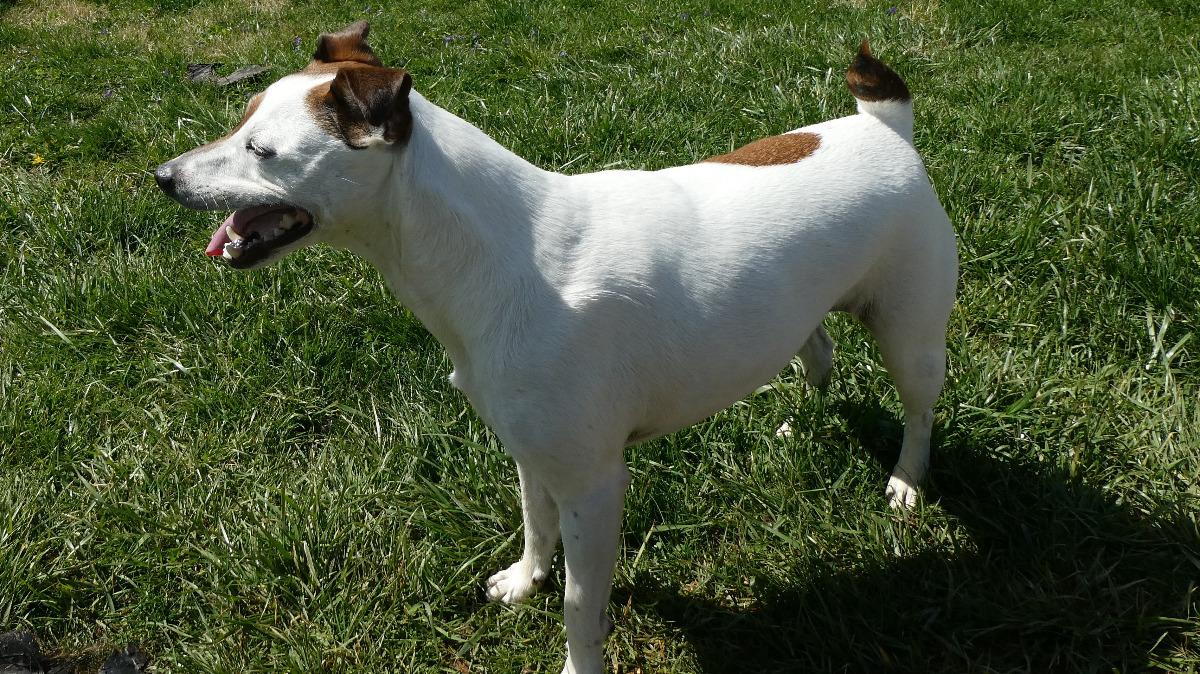How to Keep Your Pet Fit Instead of Fat

- posted: May 02, 2021
How to Keep your Pet Fit Instead of Fat
It’s National Pet week, a time to celebrate our pets and to be mindful of providing them proper care. Obesity in pets is on the rise. Studies suggest that over half the pets in the United States are considered overweight or obese. Higher quality pet foods contain more calories per cup, pets may have been less active during the pandemic and, as a society we tend to indulge our pets with treats. What can you do to keep your pet active and at a healthy weight? Read on for tips!
First, how much food does a dog or cat really need? This is somewhat dependent on your pet’s age, activity level and health as well as the type of food. Growing puppies and kittens require more food than adult or senior pets. However, a healthy adult cat should typically eat about ¼ to ½ cup of a good quality dry cat food or 6-9 ounces of canned cat food per day. Cats often do not do well controlling their food intake with automatic feeders or free choice dry food. Meal feeding or using a foraging toy to feed your cat may help keep her at a healthier weight. Healthy adult dogs vary depending on size—in general, feed toy breeds ¼ to ½ cup of dry food per day, small breeds ½ to 1 cup, medium breeds 1-2 cups and large breed dogs 2-3 cups per day. Giant breed dogs may require 3-6 cups of food. Grazing is okay for some dogs, but, like cats, many dogs overeat if they have access to food all the time so meal feeding is best. It is also usually best to feed pets at least Two meals a day—split the total amount per day into two feedings. Remember, these are general guidelines—some pets may need more or less food than indicated.
Medical conditions and prescription diets may require other feeding guidelines. Check with your vet if you are unsure how much of a specific prescription diet to feed your pet or if your pet needs to avoid certain foods due to medical conditions.
What nutrient levels should you look for? All foods should contain protein, carbohydrates, fats and vitamins and minerals. Dog food should contain 18-22% protein (about 5grams/100kcal)—more is not better and excess protein will only be eliminated from the body. Too much protein can even be harmful. Carbohydrates are typically 30-60% of dry dog foods and include fiber. Fats should be 5-20%. For cats, protein levels should be 26-30% (7grams/100kcal) since cats are carnivores and 9% fat.
Occasional treats are fine, but limit snacks and table food as they contribute to your pet’s overall calorie count. What seems like “just a bite” can add quite a few calories and, over time, pounds to your pet.
What else can you do to keep your pet fit? Exercise is important to the health and well-being of our pets. What better way for you and your pet to stay in shape than to walk, play in the yard or even play with your cat in the house having him chase a string or laser light? Find fun activities to do together, get moving and be creative! Involve the whole family and commit to a healthier lifestyle for your pet. He or she will likely have a longer lifespan and will be less prone to joint disease, diabetes, and other health conditions.
This blog brought to you by the Patton Veterinary Hospital serving Red Lion, York and the surrounding communities.
https://www.avma.org/resources/pet-owners/petcare/your-pets-healthy-weight
https://www.nap.edu/resource/10668/dog_nutrition_final_fix.pdf
Location
Patton Veterinary Hospital
425 E Broadway
Red Lion, PA 17356
